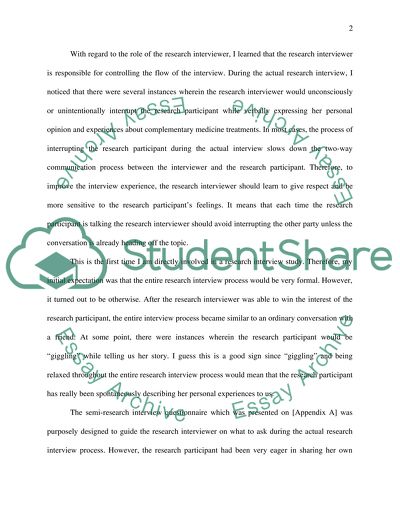Cite this document
(“Vignette Based Qualitative Essay Example | Topics and Well Written Essays - 1500 words”, n.d.)
Vignette Based Qualitative Essay Example | Topics and Well Written Essays - 1500 words. Retrieved from https://studentshare.org/health-sciences-medicine/1465883-vignette-based-qualitative
Vignette Based Qualitative Essay Example | Topics and Well Written Essays - 1500 words. Retrieved from https://studentshare.org/health-sciences-medicine/1465883-vignette-based-qualitative
(Vignette Based Qualitative Essay Example | Topics and Well Written Essays - 1500 Words)
Vignette Based Qualitative Essay Example | Topics and Well Written Essays - 1500 Words. https://studentshare.org/health-sciences-medicine/1465883-vignette-based-qualitative.
Vignette Based Qualitative Essay Example | Topics and Well Written Essays - 1500 Words. https://studentshare.org/health-sciences-medicine/1465883-vignette-based-qualitative.
“Vignette Based Qualitative Essay Example | Topics and Well Written Essays - 1500 Words”, n.d. https://studentshare.org/health-sciences-medicine/1465883-vignette-based-qualitative.


